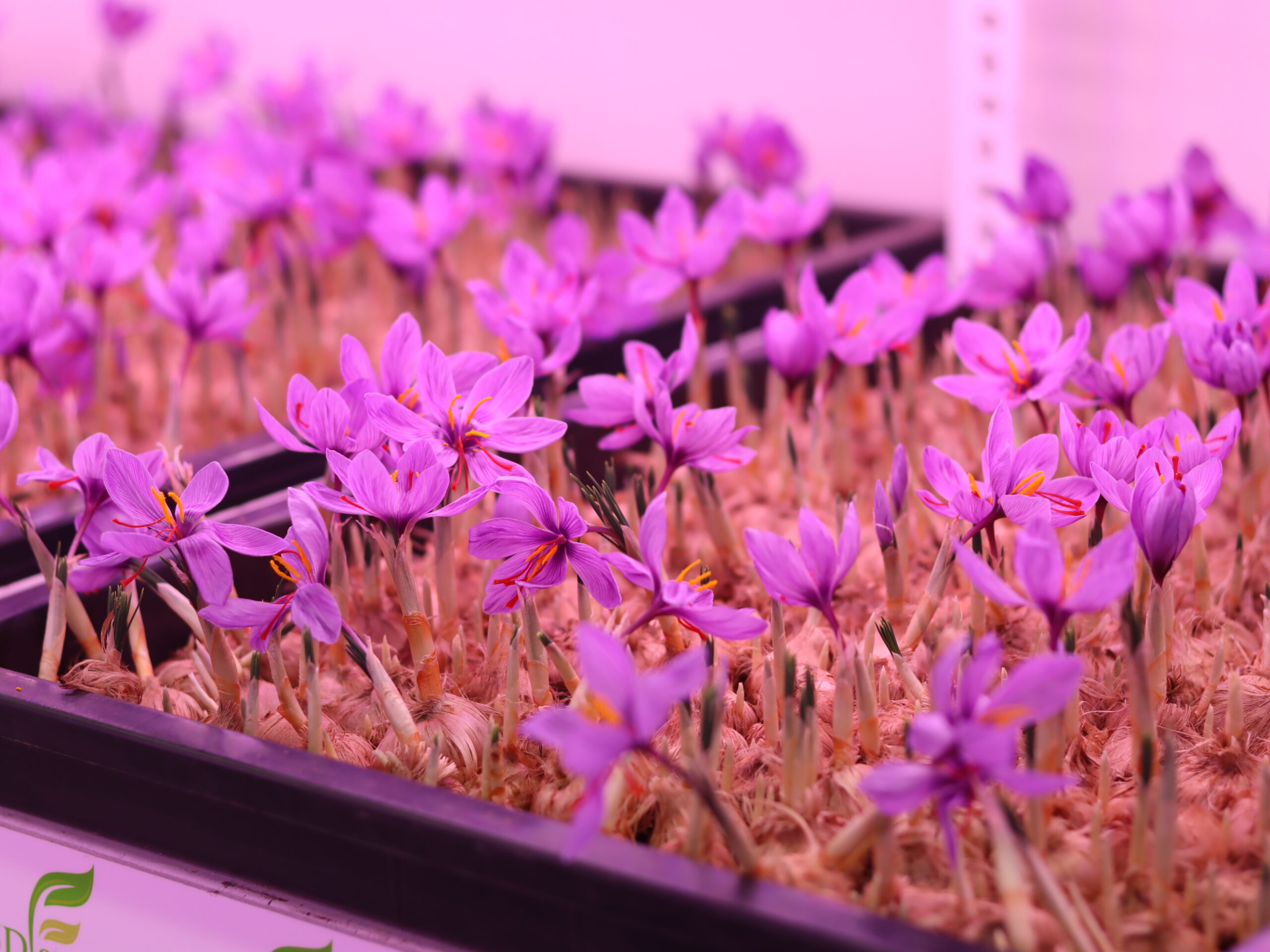
Unlocking the Potential: Exploring Saffron Hydroponic Farming
Introduction:
Saffron, the prized spice known as “red gold,” has captured the fascination of cultures worldwide for centuries. Its unique flavor, vibrant color, and numerous health benefits make it a highly sought-after commodity in culinary and medicinal realms. Traditionally, saffron cultivation has been labor-intensive, requiring specific climate conditions and extensive manual labor. However, with advancements in agricultural technology, the landscape of saffron farming is undergoing a profound transformation. One of the most promising innovations in this field is saffron hydroponic farming, a method that holds the key to unlocking the spice’s full potential.
The Promise of Hydroponics:
Hydroponics, the practice of growing plants without soil by using nutrient-rich water solutions, has gained momentum in recent years due to its efficiency and sustainability. Saffron hydroponic farming takes this concept to new heights by offering a controlled environment where saffron bulbs can thrive year-round, regardless of geographical limitations. This method eliminates the dependence on soil quality and climatic conditions, making saffron cultivation accessible in regions previously deemed unsuitable.
Optimizing Growth Conditions:
In a hydroponic system, saffron bulbs are placed in a nutrient solution optimized to meet their specific requirements. This tailored approach ensures that the plants receive the ideal balance of essential nutrients, promoting healthy growth and robust flowering. Moreover, hydroponic systems allow for precise control over factors such as temperature, humidity, and light exposure, further enhancing the plants’ development and accelerating the production cycle.
Maximizing Space and Resources:
One of the primary advantages of saffron hydroponic farming is its space-efficient nature. Unlike traditional field cultivation, hydroponic setups can be vertically stacked or arranged in compact configurations, maximizing land usage and yield potential. Additionally, the controlled environment minimizes water usage and eliminates soil erosion, making it a sustainable alternative to conventional farming practices. By harnessing technology to optimize resource utilization, saffron hydroponic farming offers a viable solution to the challenges of modern agriculture.
Quality Assurance and Consistency:
Consistency is crucial in the saffron industry, where flavor, aroma, and color are prized attributes. With hydroponic farming, growers can maintain precise control over growing conditions, ensuring uniformity in product quality. By minimizing exposure to external variables such as pests and diseases, hydroponic systems reduce the risk of crop loss and contamination, resulting in a more reliable supply of high-quality saffron year-round.
Environmental Sustainability:
In an era of increasing environmental concerns, sustainability has become a top priority for agriculture. Saffron hydroponic farming aligns with this ethos by minimizing the ecological footprint associated with traditional farming methods. By utilizing recirculating water systems and optimizing resource efficiency, hydroponic setups reduce water consumption and chemical inputs, mitigating environmental impact while maximizing yield potential.
Conclusion:
Saffron hydroponic farming represents a paradigm shift in the cultivation of this prized spice, offering a sustainable, efficient, and scalable solution to meet growing global demand. By leveraging technology to create optimal growing conditions, hydroponic growers can unlock the full potential of saffron, ensuring a consistent supply of high-quality product year-round. As we continue to explore innovative approaches to agriculture, saffron hydroponic farming stands as a shining example of how tradition and technology can converge to shape the future of food production.


